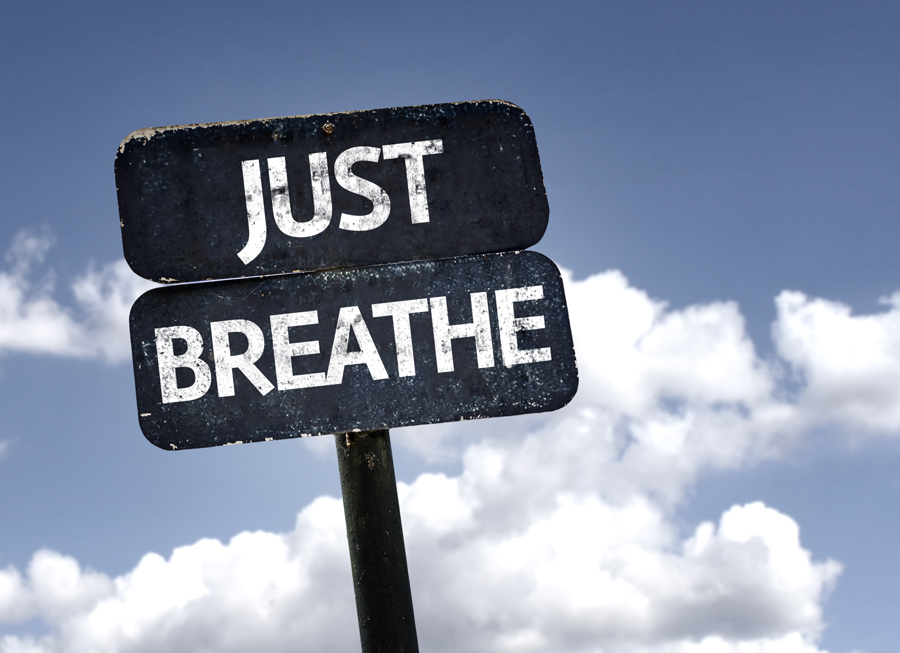Every person longing to be slim has heard the same advice forever: Eat less and exercise more. So simple, so logical, so what happened? America is the land of the overweight and the frustrated. For millions of people, every road has led to the same locked door. Until now. I’m going to give you the secret to helping you help your clients reach their weight loss goals in a healthy, lasting and fulfilling way.

For reasons ranging from stress to the influence of advertising, the majority of Americans find it difficult to lose the weight and keep it off. In addition, they are famously sedentary. According to the Centers For Disease Control & Prevention, 70% of adults are overweight or obese, contributing to health risks including heart disease, high cholesterol, high blood pressure, diabetes, stroke, and more (1). Either for health or vanity reasons, many of these overweight men and women try to slim down and usually gain back at least as many pounds as they lost. The secret to effectively losing weight and transforming patterns of behavior happens with breath.
How Breath Influences Fat Burning
The way we breathe, fast or slow, mouth open or closed, shallow or deep affects our biochemical, physiological, biomechanical and psychological states of being. Nasal diaphragmatic breathing signals our parasympathetic branch of the autonomic nervous system while mouth breathing signals our sympathetic branch. The difference determines whether you’re fat-burning or sugar-burning. Can you guess which turns you into a fat-burning machine? You guessed, nasal breathing.
Most of our clients are living in a stressed state (or the sympathetic branch of our nervous system). Not only is this the sugar-burning system, it also leads to abnormally high levels of cortisol. High cortisol levels promote weight gain (2).
In addition, nasal breathing increases oxygenation while mouth breathing decreases oxygenation. The speed at which your body burns oxygen or fuel for fat-burning benefits depends on how well your body utilizes oxygen. As we diaphragmatically nasal breathe, we stimulate the vagus nerve. “The vagus nerve regulates metabolic homeostasis by controlling heart rate, gastrointestinal motility and secretion, pancreatic endocrine and exocrine secretion, hepatic glucose production, and other visceral functions.” (4)
How The Fat Leaves On The Exhale
Fats are large molecules made up of oxygen, carbon, and hydrogen. When the oxygen we breathe reaches these fat molecules, it breaks them down into carbon dioxide and water. The blood then picks up the carbon dioxide – a waste product of our bodies – and returns it to the lungs to be exhaled. Therefore, the more oxygen our bodies use, the more fat we will burn.
Nasal breathing is more efficient than mouth breathing in terms of supplying oxygen to the body as well as the transfer of oxygen and carbon dioxide between the lungs and red blood cells. When performing cardiovascular exercise, it is therefore preferable to inhale and exhale through the nose. (3)
Have you ever wondered where the fat goes? If you’re like most of us, you probably think the majority of fat is excreted through bodily fluids. Surprisingly, it’s not. Based on the research from the British Medical Journal, the majority of fat turns into carbon dioxide which is exhaled when we breathe. (5)
See My Interview With Ruben Meerman

Transforming Patterns of Behavior
The person who’s been sedentary for years won’t suddenly be persuaded to run a marathon. Core changes must come first in order to make everything else possible. Using “breath as medicine” to improve health and the training experience, we cultivate the “choosing mind,” where we can alter lifelong patterns.
People become sedentary and develop poor lifestyle patterns based on habit, boredom or emotional triggers. So, there’s more involved than just losing the physical weight. Our issues are in our tissues. We’ve got to transform the emotional and physiological weight which is embedded in our unconscious and subconscious minds.
Mindful breathing while exercising is being “neurofit” meaning we’re influencing physiological changes in the brain related to behavior. Life is a sensory experience and the body keeps score. Focusing on the breath allows a person to slow down, unwind and look inward. This is crucial for people whose lives are chronically hectic and stressful, who eat without thought, regardless of hunger. With deep, powerful breathing, they can break old patterns while cleansing internal systems. How does this happen? By stimulating the vagus nerve (which only happens through nasal diaphragmatic breathing), we strengthen the areas of the brain responsible for emotional self-regulation. (6)
The body always lives in the present. It will never crave a Twinkie because of unrequited love, an upcoming review with a cranky boss, or an unhappy childhood. It cares only about what it needs from moment to moment to maintain homeostasis. The typical brain calls for millions of automatic acts in a day – from adjusting endocrine levels to blinking to deploying white cells for battle. As the connection between body and mind is fortified with breath, the choosing mind emerges reconnecting with our body to hear its’ objective voice which discriminates between emotional reactivity and true desire.
All that from a simple breath.
Continuing Education: Breath as Medicine
Ed Harrold’s Breath AS Medicine breath coach training focuses on breath regulation concepts & strategies by applying the principles and philosophy of yoga breathing (or pranayama) to improve breathing rates and patterns. Breath AS Medicine is a highly effective modality for both the prevention of illness as well as therapy for managing and/or reversing existing chronic illness.
Click here to learn more about Ed Harrold’s Breath AS Medicine e-learning courses. Use coupon MedFit20 for 20% off either the 15 or 25-hour trainings.
A shorter 6-hour course is also available on MedFit Classroom. Click here for details.
Ed Harrold is an author, inspirational leader, public speaker, coach and educator. Ed’s mastery in the science of mindful breathing has guided him to apply conscious breathing practices in corporate performance coaching, fitness & athletic training, healthcare trainings, stress reduction and overall health and well-being.
Today, Ed blends the fields of neuroscience and the wisdom of contemplative traditions into effective strategies to improve well-being in Corporate America, Healthcare, athletic performance and individual health. Ed’s fluency in mindfulness-based strategies combined with the belief in the human potential gives him the depth and understanding to meet individuals and group needs across industries and platforms.
Ed is the author of “Life With Breath” and “BodyMindBusiness”; he is a contributing health & wellness editor for Huffingtpost, Thrive Global, MindBodyGreen & PTOnTheNet. Ed’s Breath AS Medicine Training offers CE in the healthcare, wellness coaching, fitness & athletic training sectors. Ed is a Faculty Member of the Medical Wellness Association. Learn more about Ed at www.edharrold.com
References
- National Center For Health Statistics, Health, United States, 2015. Table 53. https://www.cdc.gov/nchs/fastats/obesity-overweight.htm
- Sominsky, L. & Spencer, S. (May 2014). Eating behavior and stress: a pathway to obesity, School of Health Sciences and Health Innovations Research Institute, Retrieved from http://journal.frontiersin.org
- Novotny, S. (2007, February 1). The science of breathing. Ideafit.com. Retrieved from http://www.ideafit.com/
- Harada, S., Yamazaki, Y., Koda, S., Tokuyama, S. (April 23, 2014). Hepatic Branch Vagus Nerve Plays a Critical Role in the Recovery of Post-Ischemic Glucose Intolerance and Mediates a Neuroprotective Effect by Hypothalamic Orexin-A, Retrieved from http://journals.plos.org/
- Meerman, A. Brown (December 19, 2014). When Somebody Loses Weight, Where Does The Fat Go? The BMJ. Retrieved from http://www.bmj.com/content/349/bmj.g7257
- Porges SW, Doussard-Roosevelt JA, Maiti AK (1994). Vagal Tone And The Physiological Regulation of Emotion. PubMed. Retrieved from https://www.ncbi.nlm.nih.gov/pubmed/7984159

